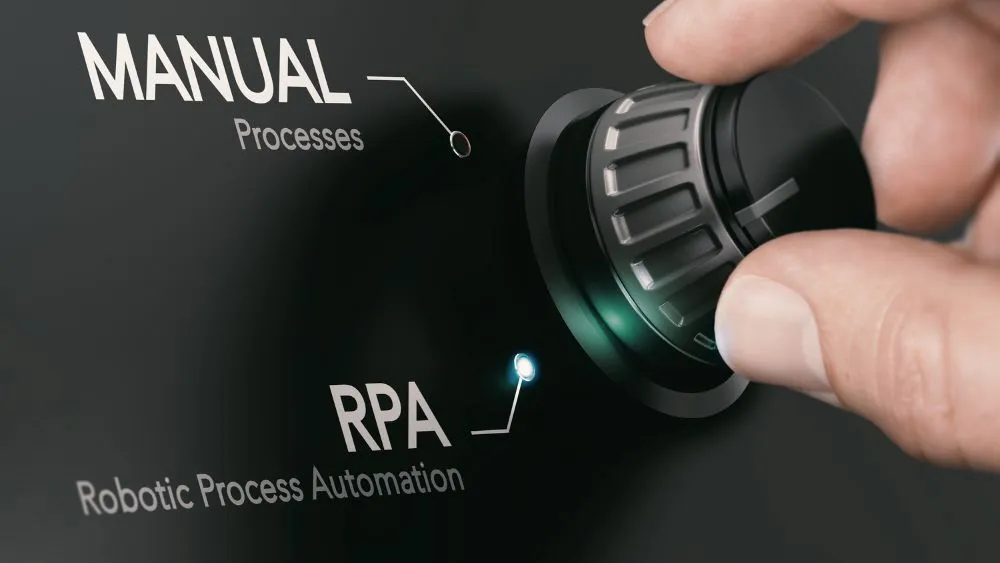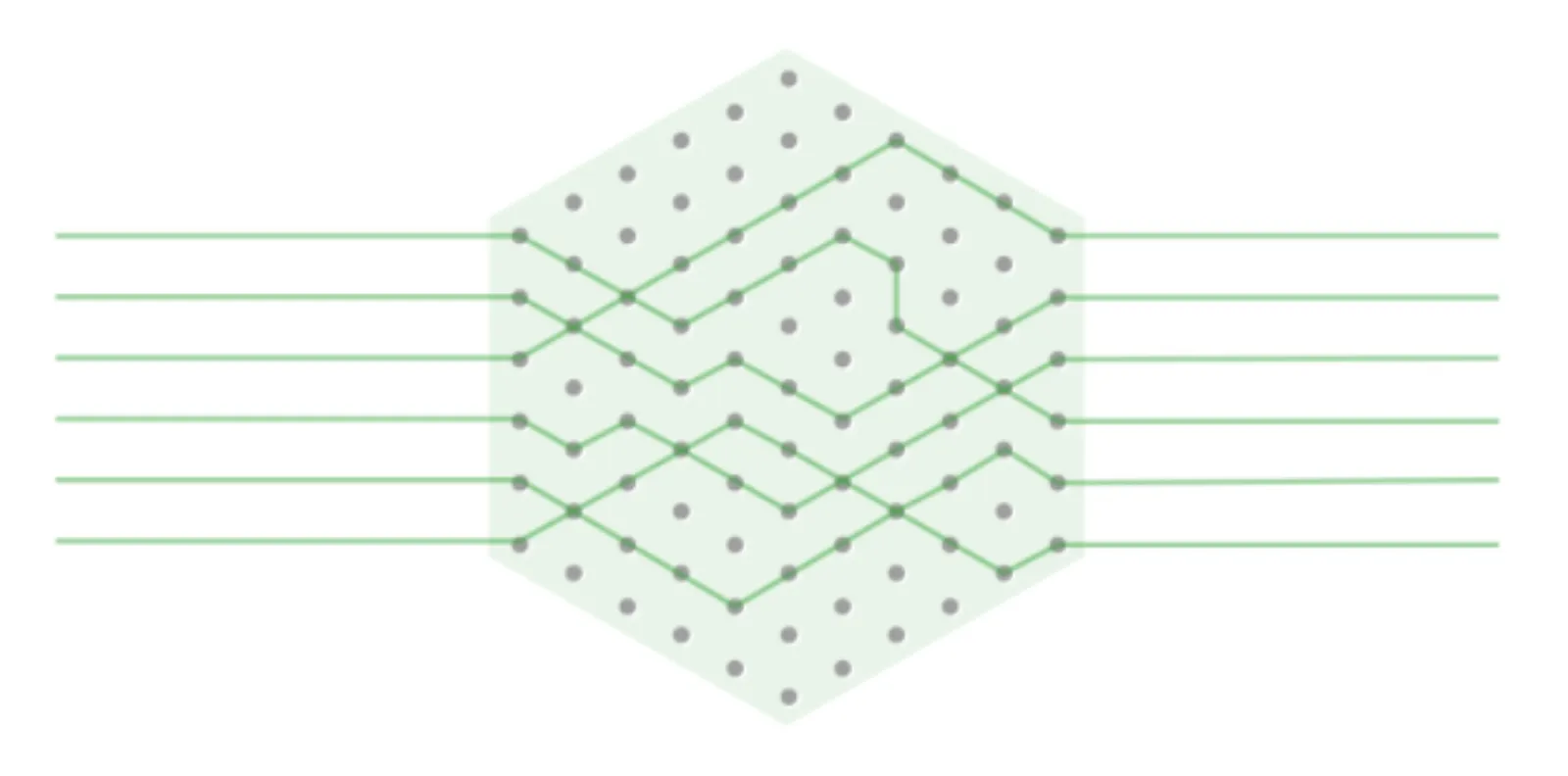Robotic Process Automation (RPA), what is it and what can you do with it?
In recent years, Robotic Process Automation (RPA) has come to the fore more and more. But what is it exactly? In short, RPA is a piece of technology that ensures that business processes can be automated. That piece of technology is also referred to as “Software Robots” or bots. With this blog, we want to provide more information about what Robotic Process Automation (in Dutch: robot-controlled process automation) is, how it is applied and what RPA provides for an organization.

The Beginning of Robotic Process Automation Software
RPA software seems to be a thing of the past few years, but nothing could be further from the truth. It has been around for many decades. In the early 90s, much was developed in the field of Robotic Process Automation. In the beginning, these were mainly screen recordings, desktop macros and workflow automation. These three core activities became better known as Robotic Process Automation in early 2000. Since that time, RPA has boomed and is being used in more and more industries.
Where can you use Robotic Process Automation?
Robotic Process Automation can be applied to almost any function within an organization. Processes that involve a lot of repetitive work are ideal for RPA. Some examples include: generating invoices and quotes, debtor management, data entry and preparing reports.
Robotic Process Automation in Financial Services
Financial services are ideal for Robotic Process Automation. In this sector, many processes are still carried out manually. This increases the risk of working inefficiently, unnecessary costs, errors and fraud. With Robotic Process Automation, these actions can be automated by up to 90 percent. Take opening a bank account, for example. This includes strict checks on identity and creditworthiness, for example. Robotic Process Automation can help with this by performing various checks and sending the necessary data. With today's technology, it's even possible to open a bank account using your mobile phone without having to go to the bank.

Robotic Process Automation in Debtor Management
Debtor management is a business process where Robotic Process Automation a lot of profit can be achieved. By automating manual processes, such as sending invoices (digital or paper), booking payments and writing to the debtor again, the workload in debtor management can be significantly reduced. This also minimizes the risk of errors. The time saved on these actions can then be spent on further optimizing other processes or assisting customers.
Debtor Process Automation
With POM Collect has we Robotic Process Automation fully optimized for debtor management. This is how a new form of Robotic Process Automation was born: Debtor Process Automation (DPA). DPA takes care of the entire debtor process. From sending the first invoice and prolongation to the last reminder and automatically applying the Collection Costs Act (WIK). POM Collect uses smart algorithms and machine learning and applies them to the customer's historical payment data. As a result, the system always knows how to approach the debtor in the right way, at the best time and with the right tone of voice. This way, the customer experiences the best customer experience, which in turn results in a lower threshold and a higher willingness to pay the invoice immediately. In other words: organizations that use Debtor Process Automation via POM Collect approach their debtors in a more customer-friendly way and get their outstanding bills paid better and faster.
Future of RPA
In the coming years, more and more companies will become aware of the benefits of RPA. As a result, the number of implementations will increase sharply. RPA is then used for multiple processes and is expected to manage customer-focused and external processes. Smart Process Automation (SPA) will also be introduced as an extension to Robotic Process Automation. With SPA, unstructured data can be automated. This uses machine learning, which acts as an alternative to the “If This Then That” scripts. In the future, SPA will consist of a combination of machine learning, cloud services, big data and RPA.
.webp)

.jpg)